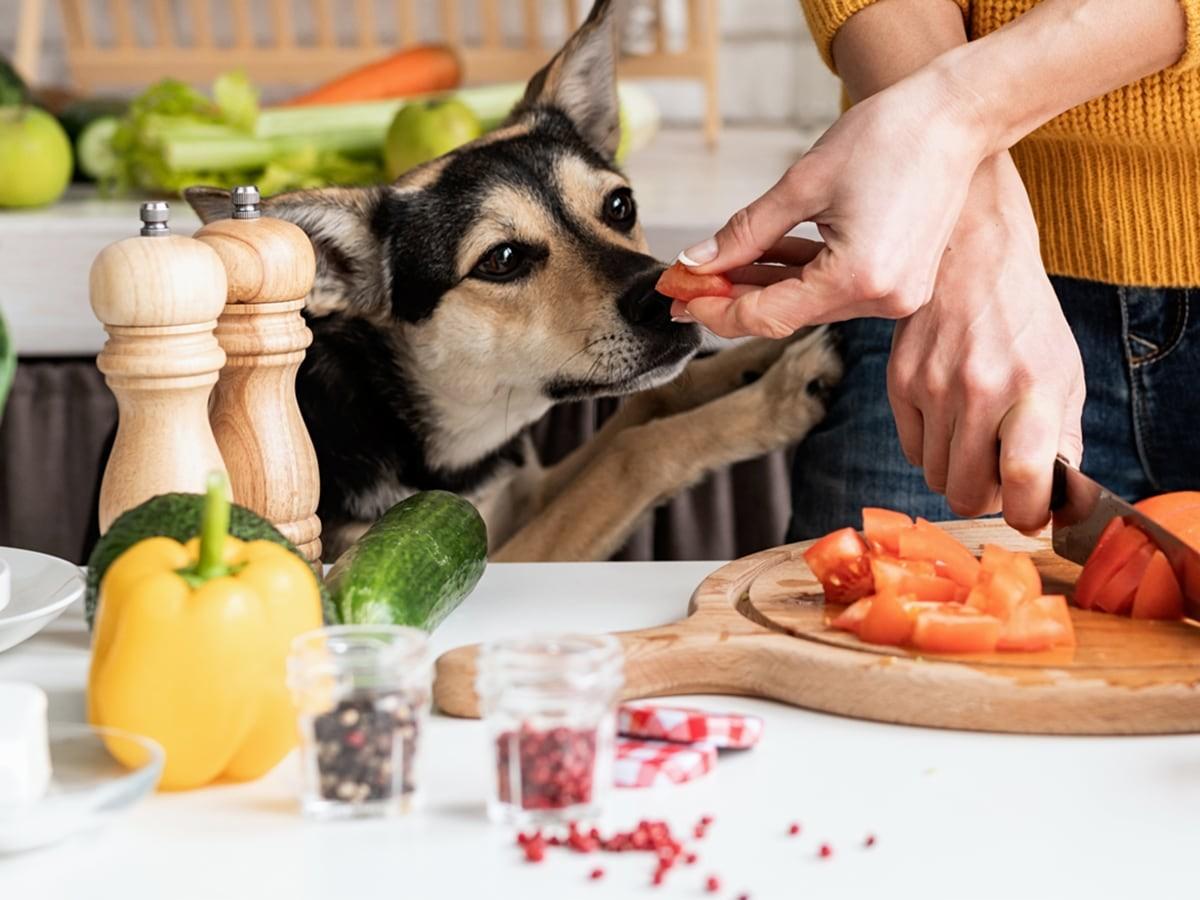A nutritious diet plays a large part in keeping your pet healthy and helping them live a long life. Cats and dogs have different nutritional needs, but in this article, we will review a few nutrition and diet tips that can help you meet your pet’s needs, dog or cat.
Nutrition Tips for Cats and Dogs
1. Consider Their Life Stage
Whether you have a cat or a dog, one important factor to consider when considering their diet is their age. Cats and dogs have different nutritional needs as puppies and kittens, than they do as adults or as seniors. Talk to your veterinarian about what your pet needs in each life stage, and change their diet accordingly to make sure that you are meeting their nutritional needs as they age. Use caution when choosing a diet that claims to be for ‘all life stages’ as these diets are inappropriate for most seniors or adult pets.
2. A Balanced Diet
Dogs are omnivores and can meet their nutritional needs from eating both plants and meats. If your dog’s kibble or canned food does not meet all of their dietary needs, you can add additions such as yogurt, sweet potato, or other fruits and vegetables to their meals to fill in the gaps. Make sure to do your research on what foods are safe for your dog to consume.
Cats on the other hand are obligate carnivores which means they absolutely need meat in their diet to meet their nutritional needs and need most of their daily calories to come from protein. This being said, they can still digest certain fruits and vegetables if you want to share a treat with them.
Apart from protein, a balanced diet for your cat or dog will also include certain amounts of minerals, vitamins, and essential fatty acids. There is a reputable website operated by veterinary nutritionist called ‘Balance It’ which can help guide you on creating a well-balanced diet for either dogs or cats.
3. Portion Control
When it comes to feeding your pets, more is not more. Follow the instructions on the bag of food, or the instructions from your vet to make sure your pet can stay at a healthy weight. Pets that become obese can be at risk for conditions like cancer, diabetes, and heart disease.
4. Hydration
The amount of water your pet needs daily changes depending on their weight, ambient temperature, activity level, presence of disease and species. Typically, cats need about 40 – 60 milliliters of water for per kilogram, while dogs need 60 – 80 milliliters of water per kilogram. Keep in mind that if your pet eats canned food, that will account for some of their daily water intake.
Diet Tips for Cats and Dogs
1. Regular Feeding Schedule
There are multiple benefits to feeding your pet at the same times each day. Cats and dogs are creatures of habit, so feeding them at the same times every day can provide them a sense of security and predictability. It is also best to avoid allowing your pets to ‘graze’ or allow them food to access at all times. This can encourage obesity. Cattle and horses graze, dogs and cats should not.
This routine can also help your pet cope when changes happen in your home, such as if someone moves out for college, or there is a new addition to the family. A feeding schedule can also help your pet adjust if you change their food, because they will be hungry and conditioned to expect food at each mealtime.
2. Avoid Harmful Foods
Cats and dogs are not able to digest everything that humans can, so it’s best to avoid feeding your pets any human food without first doing your research. For example, dogs and cats can have carrots and bell peppers but should never have garlic, grapes or onions. These foods are toxic to them and can quickly make them sick. Pets can also have a bad reaction to certain spices or high salt diets that are used to flavor food, so avoid giving your pet any table scraps.
3. Transition Food Gradually
As your pet grows from puppyhood into adulthood and eventually becomes a senior, their dietary needs will change, and you will likely have to change the food that you feed them. Changing your pet’s food suddenly can cause digestive upset, so it’s best to do it slowly.
Over the course of a week, mix your pet’s old food with their new food. Begin by only adding in a small amount of the new food and gradually increase the amount of the new food and decrease the amount of the old food. By the last day, your pet should be eating just their new food.
4. Stick to Healthy Treats
Even with a healthy and nutritious diet, your pet may still become overweight if they are given high-calorie or unhealthy treats regularly. It’s normal to want to reward your pet when they do something well or are behaving, but aim to stick with healthy treats as much as possible. Healthy treats can include bananas, berries, or even carrots.
Providing your pet with a diet that meets all their nutritional needs is a great first step to keeping your pet healthy in the long run. We hope this article provided you the guidance to move forward with confidence as you care for your pet. If you have more specific questions about your pet’s dietary needs, or if they have a condition that causes certain dietary restrictions don’t hesitate to contact your vet and discuss the best diet for your pet.
–By Dr. Karen Whala, Co-founder of CodaPet
